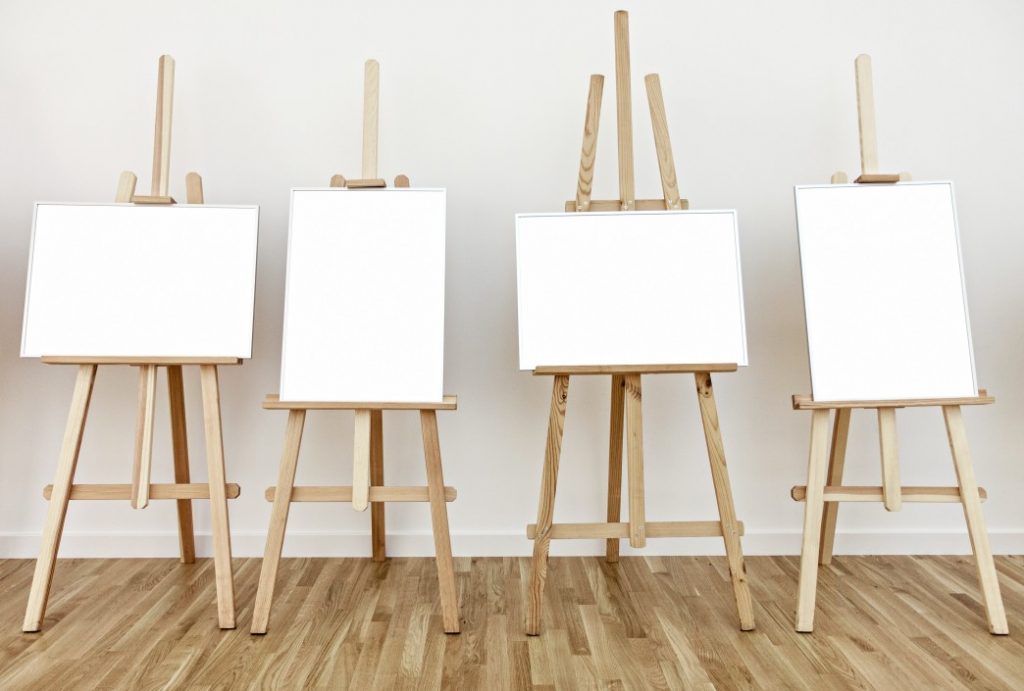Someone just bought an invisible sculpture for $18,300.
Someone paying any money, let alone thousands of dollars, for something that doesn’t actually exist sounds pretty barmy. But that’s exactly what happened when the artist Salvatore Garau put his ‘invisible' sculpture up for sale. The art piece comes with an authentication certificate, instructions for how to ‘display’ it… and nothing else. Weird, but perhaps not so weird for the modern artworld, which often sees strange things move for huge sums. The street artist Bansky sold a £1 million piece of art that self-shredded. The MONA museum in Australia bought a piece of art that literally creates poo.
Art is incredibly subjective. For every person who finds Garau’s work a spectacular commentary on imagination and spiritualism there will be a person who thinks the sculptor is the best con man since Bernie Madoff. This subjectivity means the question of how valuable a piece of art is can be a hard thing for people to agree on. Although, to be fair to art, this is also true of pretty much everything in our economies. Part of the difficulty is that humans have a bunch of different qualities they link to value, including quality, rarity, necessity and sentimentality.
Economists have spent a lot of time over the years trying to pin down the concept of value, and have come up with a bunch of different ideas and theories. Two of the most common are (1) that value is determined by the balance between how many people want a thing (demand) and how many of that thing there is (supply), and (2) that value is determined by how much utility - that’s pleasure or usefulness - a thing gives someone.
One common criticism of these economic ideas of value is that they don't place enough weight on concepts like fairness and inequality. In pure price terms, an invisible statue is more valuable than a year's worth of groceries (£1,670) or a year's worth of care work (£17,199). But how many people would agree with that judgement?
On the flip side, art can be a big financial boon for a local community if it draws tourists (and their purses) to the area. MONA, home of the poo-machine, has been credited with creating a tourist boom in Tasmania, Australia’s poorest state. A town in Japan believes so much in the economy-boosting power of art that they spent the Covid-19 relief grant their government gave them on a giant squid statue.
However, another key criticism of economics has been its tendency to see value largely through a financial lens. More work is now being done that broadens out economic theories of value from just prices, with economists discussing things like environmental or wellbeing benefits. Art, the ultimate cultural currency, is clearly well-suited to this type of thinking. Someone who thinks it’s silly to pay money for invisible statues could still see something worthwhile in Garau’s art because it makes people think, or even because it makes them laugh.
Read our explainer on: social influences, culture & information.

